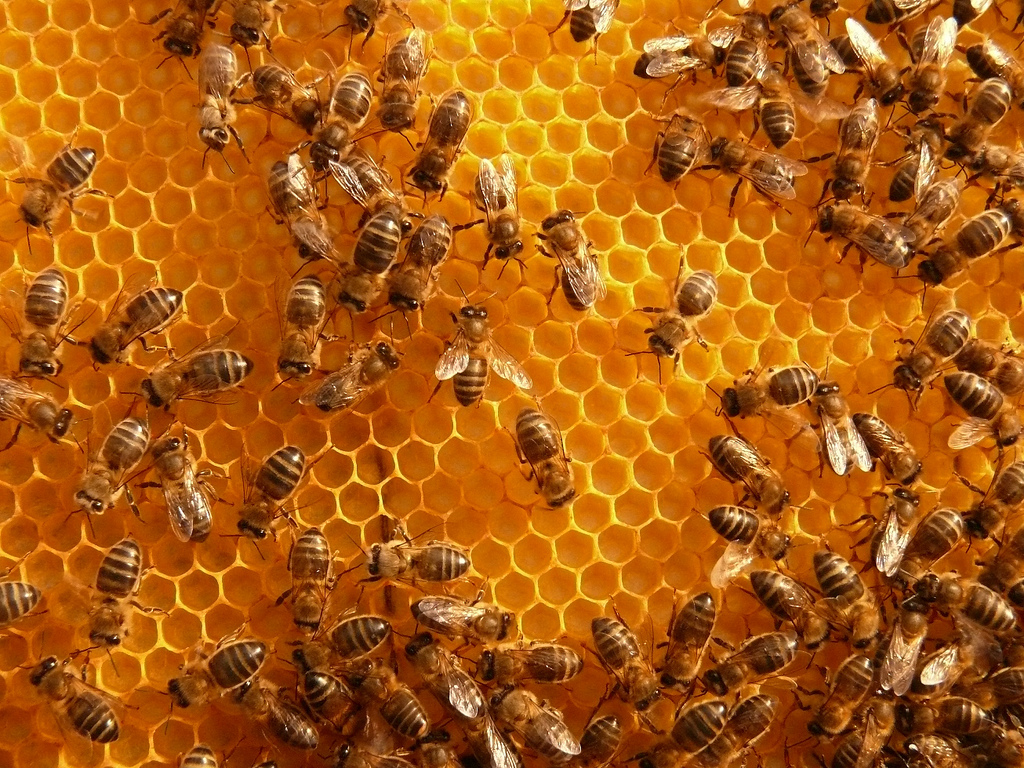Science News
So You Think You Can Monitor the Environment?
May 27, 2014
by Molly Michelson

Honeybees work together to find the best flowers within an eight-mile radius. A scout bee heads out to find pollen, and upon returning, she communicates pollen locations by dancing. The so-called bee waggle notifies the rest of the hive how far and in which direction flowers can be found.
Margaret Couvillon, of the University of Sussex, wondered if bee waggles could help humans monitor the landscape to find the healthiest areas. “In the past two decades, the European Union has spent €41 billion on agri-environment schemes, which aim to improve the rural landscape health and are required for all EU-member states,” she says. But little has been done to monitor those environments and evaluate if the schemes are working.
Could governments enlist the help of bees? The insects certainly find the healthiest areas for their own purposes already.
Couvillon and her colleagues watched 5,844 waggles over a two-year period, observing dancing bees within a 36-mile radius. The bees had definite preferences: their dancing led them most often to two nature reserves in the area. Oddly enough, the bees seemed to favor organic farms the least. According to Couvillon, the regular mowing required to discourage certain plants from growing in those plots might leave few wildflowers for bees.
Overall, the study, published last week in Current Biology, shows that honeybees can serve as bioindicators to monitor large land areas and provide information relevant to better environmental management.
“Imagine the time, manpower, and cost to survey such an area on foot—to monitor nectar sources for quality and quantity of production, to count the number of other flower-visiting insects to account for competition, and then to do this over and over for two foraging years,” Couvillon says. “Instead, we have let the honeybees do the hard work of surveying the landscape and integrating all relevant costs and then providing, through their dance communication, this biologically relevant information about landscape quality.”
It gives new meaning to the term “worker bee.”
Image: Anna GríMass/Flickr